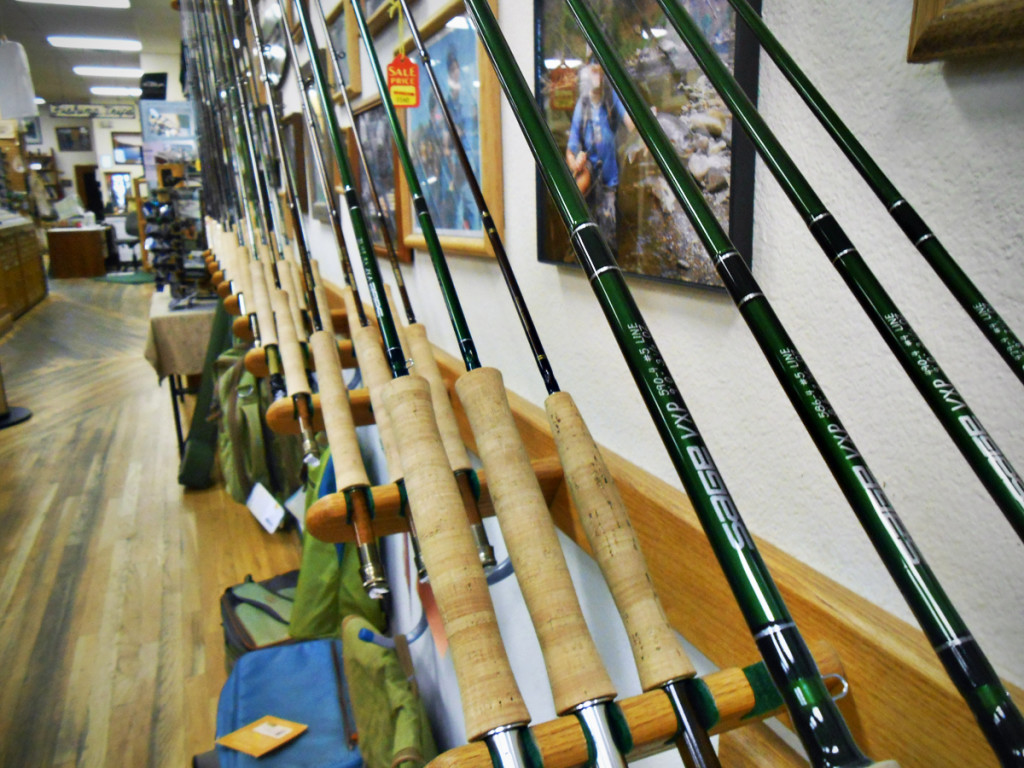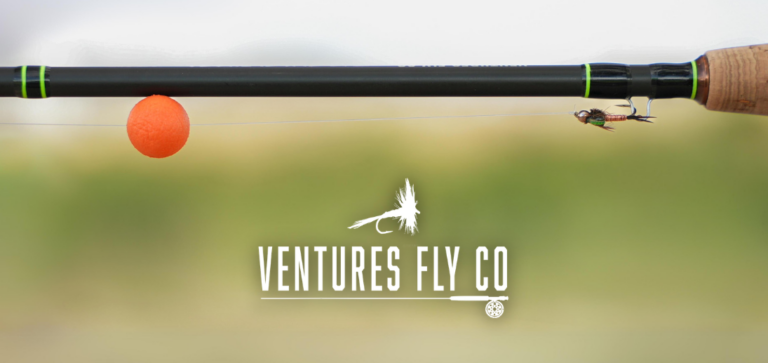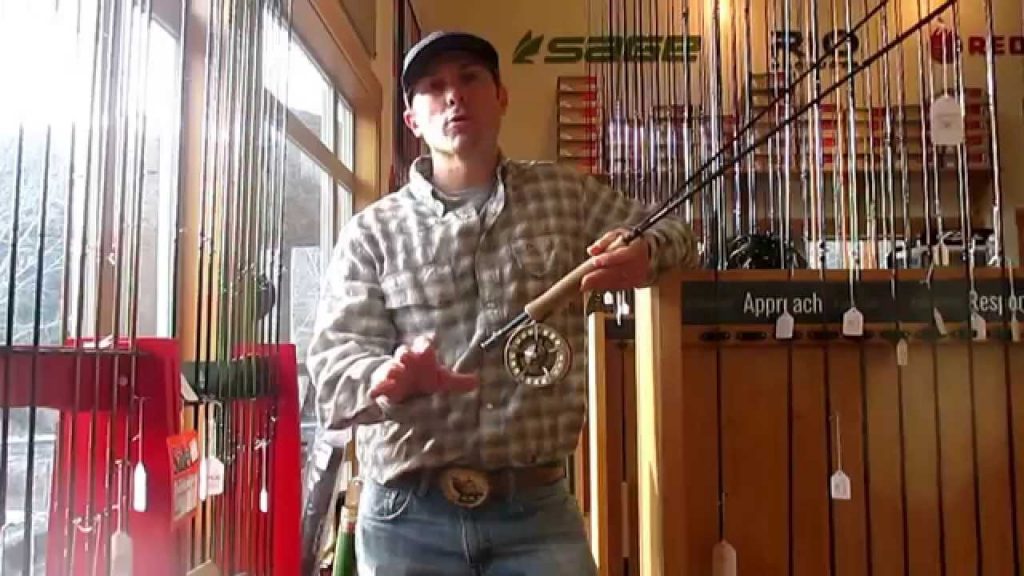
You enter a store that specialises in fly rods. Your aim – to purchase your first fly rod. The store owner approaches and describes the brilliant fishing to be had in the mountain streams. “Wow”, you exclaim. “What rod would you recommend if I go up there?” “This is the rod for you”, he pronounces. “It has just arrived. It is perfect for you.” You wondered how he could be so sure however, eager to be fishing you listen with enthusiasm as he reads the specifications.
“This rod is guaranteed to cast accurately every time, allow your tippet to land lightly on the water so not to spook the fish, consistently present the fly is such a way to ensure a drag-free drift, and when you hook a fish it guarantees that you will enjoy the fight and land the fish 99% of the time!”
Ok, so the chances of finding a rod like this other than your dreams – 0%. I can however, guarantee that the rod you purchase will have a personality of its own. That personality is not just a factor of its action, weight, length, the correct match of fly line and reel that accompanies it. It is also formed through the way you learn to use it, work with it, practice with it and make it an extension of yourself. Ask anyone who has broken the tip off their rod and used it again after a repair. They will sadly express to you that the personality of their rod has changed forever! So, how do you decide which rod to purchase and then comfortably get to know it?
When you ask any fly fisher their recommendation of the best rod for your situation you will most likely not get the one line answer you were hoping for; but rather a colourful essay about the rods they have owned (and those they would have liked to own) mixed with a healthy bias based on their own personal experience. This is how it should be, remember you are receiving two valuable lessons. Firstly, there is not one rod best suited for all situations. Secondly, chances are before your fly fishing career is over you will also own a number of rods all with their own respective personalities.
Having said this, if you are spending money on your first rod, you will want it the cover the majority of situations you will find yourself in. To this aim I will briefly cover rod action, rod weight, and rod length.


Fly Rod Action
A fast action rod is stiff through its length with a little flex near the tip. It will be better for longer casts; it may be easier to fight bigger fish and may be a bit easier to cast in the wind. It will be more difficult for short accurate casting in small streams.
A medium rod action will bend for about half of its length from the tip. It is more flexible than a fast action rod but less flexible than a slow action rod. This is a good option for a first rod as it will cover a wide variety of situations from large rivers to small creeks.
A slow action rod is flexible and will bend along its entire length. It will be accurate for short casts that are required on smaller creeks, and where spooky fish require very light tippet. You are not as likely to enjoy casting a slow action rod in windy conditions.
Fly Rod Weight
The thing to remember when considering the fly rod weight is to understand and match the weight of the rod to the line. The incorrectly matched fly rod weight and line (unless you have selected to do this for a particular reason like making it easier to cast in the wind) will present a handicap that you can do without.
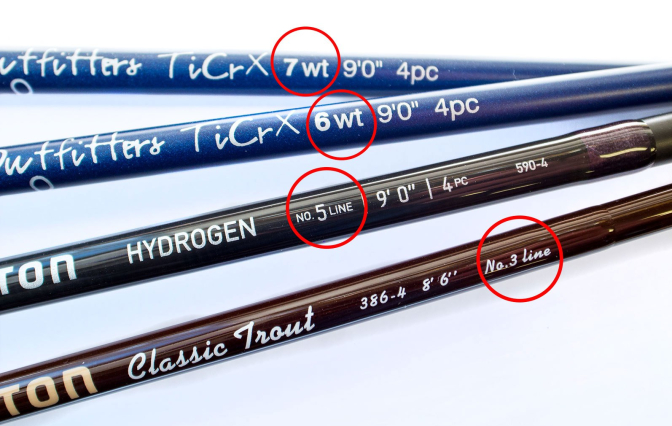
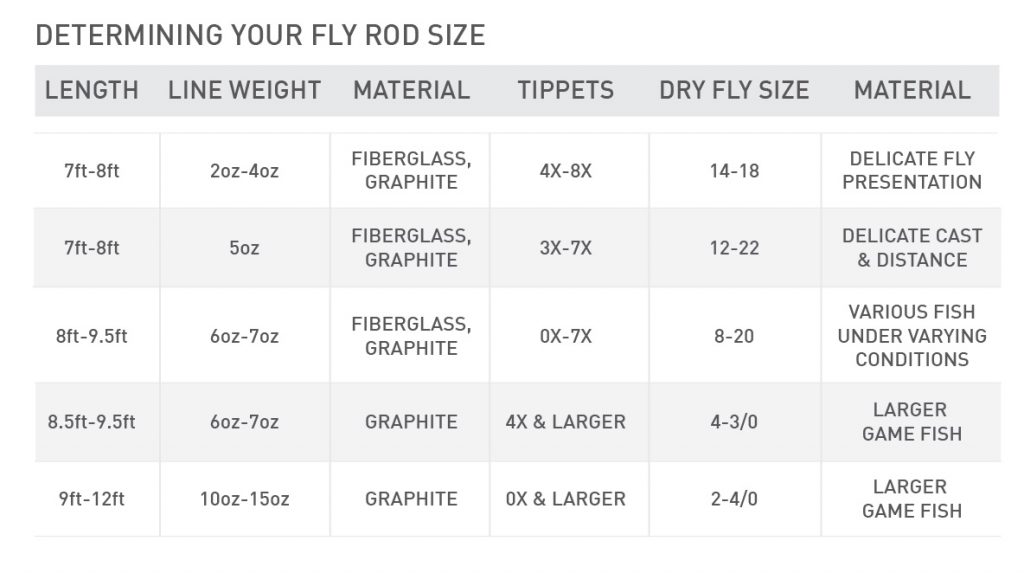
Fly Rod Length
To make this decision I think you need to try rod lengths from 8 and a half foot to 10 foot and see what you are most comfortable with. The longer the rod the more room at the edge of the stream you will need to cast.
Recommendation
Let’s assume that you are planning to fish in the Snowy Mountains. You will want to be looking at a rod weight from 4 to 5. If you are planning to fish both the rivers and the lake then I would recommend a 5 weight rod. If you are planning only to fish the smaller rivers and streams then you could seriously consider a 4 weight rod.
My suggestion for your first rod for fishing in this region would be a 9 foot 5 weight medium action rod. Even if you are planning to concentrate on only rivers, it is inevitably that you are going to want to pull into Jindabyne and fish the lake edge at some point (and it will be windy), or visit New Zealand to fish for larger fish. If you only have the 4 weight option you are probably going to wish you had a 5 weight.
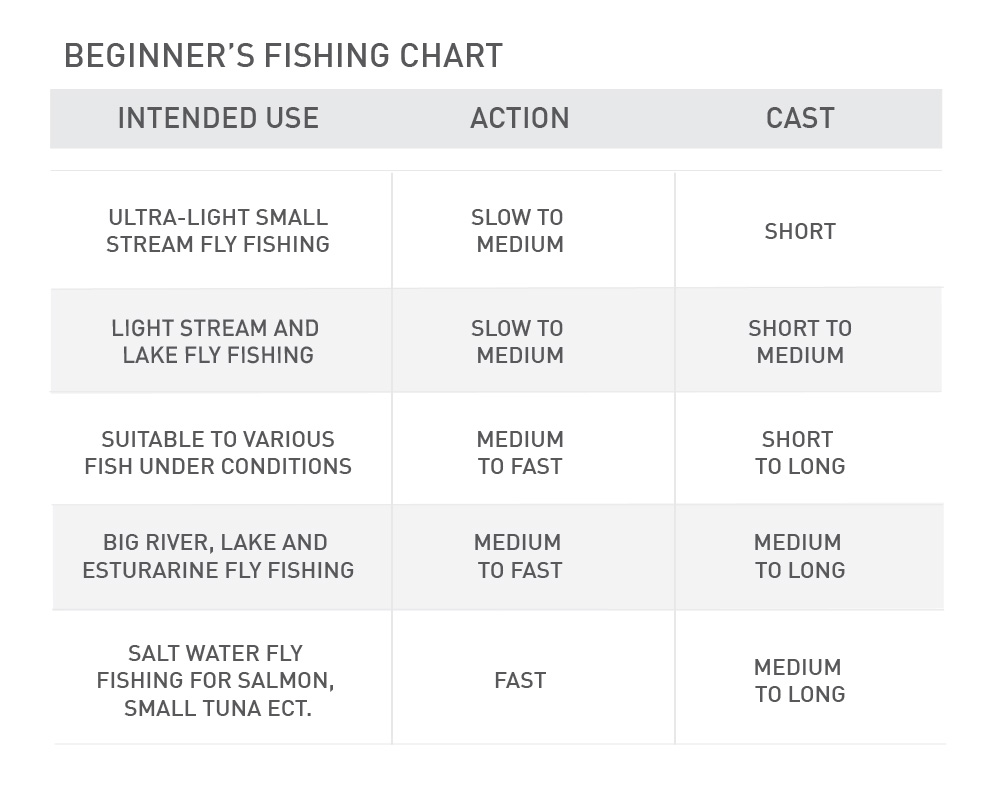
Remember, whichever rod you buy it will fish better if you practise with it, learn its personality and work with its characteristics. You need to understand its strengths. You need to be aware of what it does not do so well and appreciate that it will not be perfect for all situations. It will take a few outings before it becomes your friend and even then every now and then (especially when you become tired) you will battle with it. But rest assured it will become your friend for life. You will be eager to have it join you in the most beautiful places and share your fishing dreams.
A word of caution though, your much loved rod will also want a family of its own one day. Do not be surprised if after a year or two – or five – you add to your rod family. You may include a smaller, shorter rod to join you on small streams and maybe even a heavier weight to join you in your saltwater fly fishing journey.
Irrespective of how large your rod family grows it is worth noting that you will always have a special fondness for your first rod so take care in your selection.
This article first appeared in the ACT Fly Fishing Club newsletter “Flylines”, September 2012. It was written by Kerryn Milligan, an enthusiastic Fly Fisher who is a member of the Club Council.
